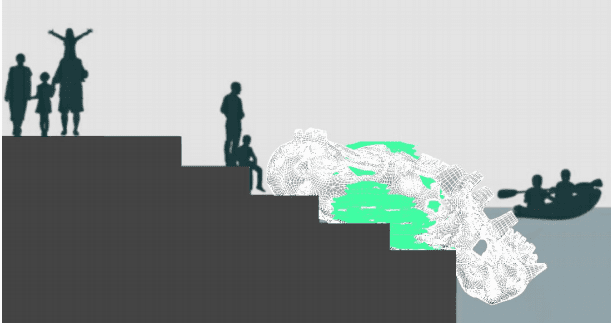In the recently published ‘ Recycled Sustainable 3D Printing Materials for Marine Environments ,’ the authors—involved in the Bio-Shelters Project—venture into the realm of sustainability and recycling in 3D printing, but they also heavily explore the ever-growing science of materials during a three-phase project made up of not only designers and architects but also experts in materials and marine ecology.
.
Full data-driven design: reef prototype, early testing and site-specific model For this project, the team used a base of both conventional and alternative materials, to include:
- Clay
- Sugar
- Cellulose fiber
- Recycled paper
- Wood and polystyrene waste
- Concrete
- Gypsum
Not afraid to work with materials that might be considered ‘radically innovative and experimental,’ the researchers are focused on applying their findings to marine applications: “The approach to the material design of this project in this current phase is based on the same principle as commercially available sustainable filament products including […]
Case Study: How PepsiCo achieved 96% cost savings on tooling with 3D Printing Technology
Above: PepsiCo food, snack, and beverage product line-up/Source: PepsiCo PepsiCo turned to tooling with 3D printing...






























0 Comments